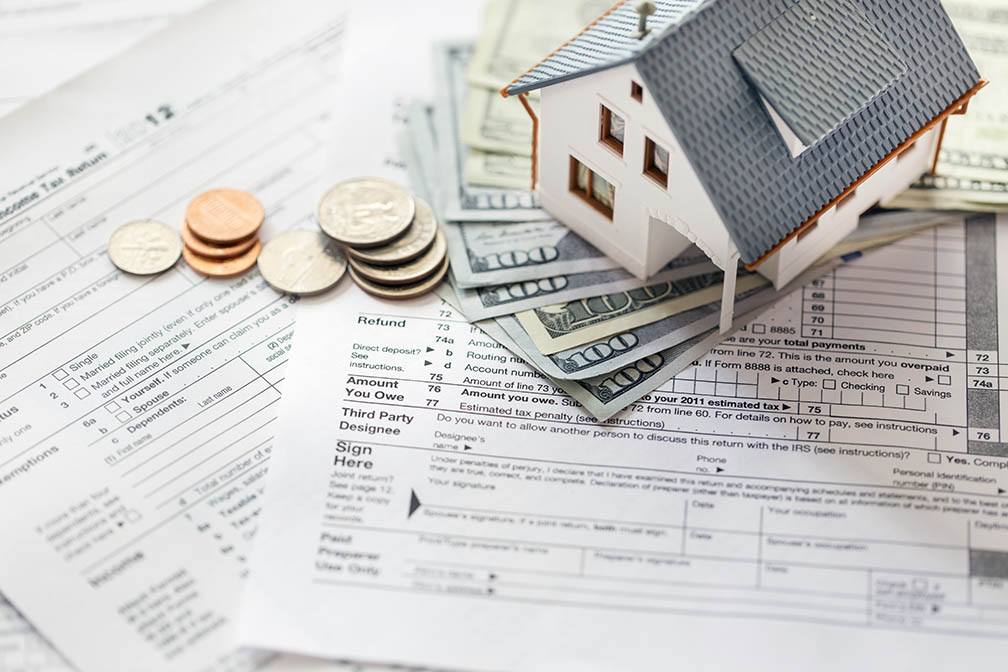4 Steps to a Smooth Mortgage Refinance at a Rock-Bottom Rate
 Right now is the best time to look at refinancing your home. Even if your current mortgage is as young as a year old, you might find that a refinance is in your best interest.
Right now is the best time to look at refinancing your home. Even if your current mortgage is as young as a year old, you might find that a refinance is in your best interest.
Be Sure That A Refinance Makes Sense
With today’s rates, refinancing makes sense for many homeowners, but it might not be the right move for you. Depending upon your mortgage, you may pay a penalty if you prepay early. Also, if you’ve paid heavily into your mortgage, refinancing into a new 20 or 30 year mortgage could cost you money over the long-term. The bottom line is to carefully read through your loan documents or even call your loan company to find out the details of the impact of a refinance.
Consult With A Professional
Once you’ve determined that a refinance makes sense in theory, it’s time to talk with an objective professional, i.e., not your loan rep. Seek out a fiduciary, who has receives no gain whether or not you refinance. Have the professional run the numbers so you can see in black and white where you will stand financially after a refinance.
Compare Rates
If you and your financial professional decide that a refinance is the way to go, now it’s time to compare rates. Even with rates at rock bottom prices right now, you’ll find that you might save even more money just by shopping around. Also, remember that if your credit is excellent, you have more negotiating power. If you have a preference with working with a certain company, ask them to match the interest rate you’ve been offered by a competitor.
Protect Your Investment
Now that you’ve improved your mortgage situation with a refinance, it’s time to consider what your heirs will be left with when you’re no longer here to provide for them. Make sure that your loved ones can reap the benefit of your savvy financial planning by taking out a life insurance policy. There are many variations on life insurance policies, so by sure to compare and contrast benefits, terms and rates.
As a homeowner, you should always be on the lookout for ways to maximize your investment. Use these refinancing tips to get the most out of your home’s value.

 Last week’s economic reports included readings on inflation, retail sales, and a speech by Federal Reserve Chair Jerome Powell. Weekly readings on mortgage rates and jobless claims were also released.
Last week’s economic reports included readings on inflation, retail sales, and a speech by Federal Reserve Chair Jerome Powell. Weekly readings on mortgage rates and jobless claims were also released. For those who are looking for a new home, it is important to take the time to get this decision right. For a lot of people, a home is the most valuable investment they are ever going to make. As a result, it is critical to evaluate all of the options that are available. That way, everyone will get the most out of their time. What about setting a budget? How important is this and should people think about going over it?
For those who are looking for a new home, it is important to take the time to get this decision right. For a lot of people, a home is the most valuable investment they are ever going to make. As a result, it is critical to evaluate all of the options that are available. That way, everyone will get the most out of their time. What about setting a budget? How important is this and should people think about going over it?